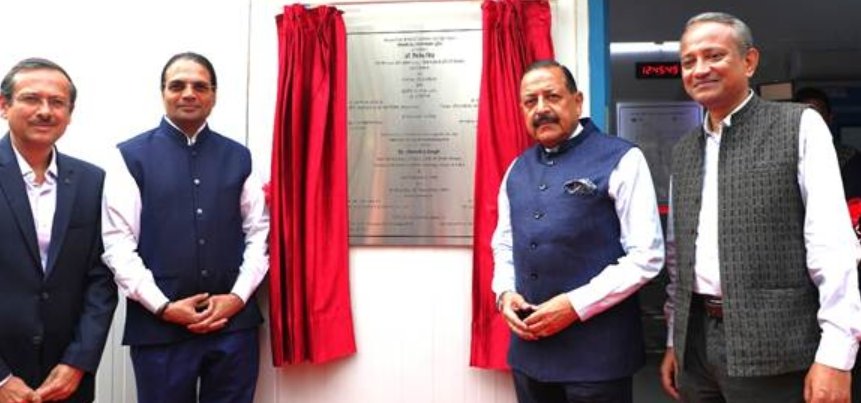Evolution of the Medical Marketplace model
July 16, 2018 | Monday | Features | By Nivesh Khandelwal
In the healthcare space, for a marketplace model to work, first the products being sold have to be standardized by the marketplace owner to allow comparison.
Image credit- decorm.com
As the healthcare landscape in the country is fast evolving, a bevy of marketplace business models such as value-based care models, new payment and decentralized healthcare paradigms etc are fast crowding the space which is roughly a over $ 20 billion and growing opportunity. These proliferating business models that race against time to win the test of the market place come at a time when the country is pulling out all stops to roll out the world’s largest state-sponsored universal healthcare scheme under the aegis of National Health Protection Scheme (NHPS).
High on optics, the NHPS intends to provide health insurance cover of Rs 5 lakh to over 10 crore poor families across the country. While the Scheme is still in the work in progress stage, it is supposed to work on a marketplace model that will ensure maximum utility to customers and higher economic returns to service providers.
Here, it may be in order to point out that the healthcare space in the country till recently worked on the lines of a single-chain, supply side, wholesale industry model. But now, like many other sectors the disruptive technologies based on smartphones and mobile applications are reinventing the space lock, stock and barrel. The outcome is there for everybody to see. The once patchy healthcare space in the country is inching towards becoming a hyper-competitive, multi-chain, demand driven and technology powered industry and becoming location independent, information based, data driven and provider agnostic.
This tilt towards disruptive technology powered models has put the viability side of a market place model in the cross hairs. Before getting into its pros and cons, it is better here to elucidate the concept of a marketplace model first. In a nutshell, the term normally refers to internet-based platforms that enable a large, fragmented base of buyers and sellers to discover price and transact with one another in an environment that is efficient, transparent and trusted. They are essentially technology platforms that provide tools for buyers and sellers to participate and operate as well as facilitate price discovery in an efficient manner.
In the healthcare space, for a marketplace model to work, first the products being sold have to be standardized by the marketplace owner to allow comparison. While such standardisation is easy in the consumer durable vertical, healthcare being a service, a standardisation tool is hard to come. Therefore, the marketplace can only display a list of services but cannot rank them.
Further, user generated reviews in healthcare give only half the picture. For example, a user review of All India Institute of Medical Sciences (AIIMS) will be poor as the hospital has the typical characteristics of a government setup in terms of hygiene and staff attitude. However it is arguably the best hospital in Asia when it comes to clinical outcomes.
Therefore, for a healthcare marketplace to be effective, regulatory intervention is needed in the following areas:
- An Effective accreditation of hospitals
- Clinical outcomes should be collated from hospitals and displayed
These conditions will allow a marketplace model to provide a holistic ranking based on clinical outcomes and customer feedback. If and only these regulatory props play out in full, then only the healthcare marketplace freewheel starts spinning.
Nivesh Khandelwal, Founder & CEO, LetsMD










